Electromagnetics Blog Posts
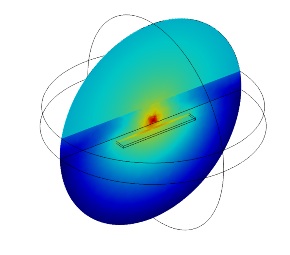
Oil Companies Rely Heavily on Engineers
It’s no secret that there’s a lot of guesswork involved in oil production. Oil companies make “Big Money” decisions based on estimates – estimates with huge margins of error. What’s more, there is an incredible amount of risk involved, but with the potential for a large pay-off if all goes according to plan. The plan is based on “best guesses” and less than perfect data. Still, there are many big players in the oil industry that are doing very well […]
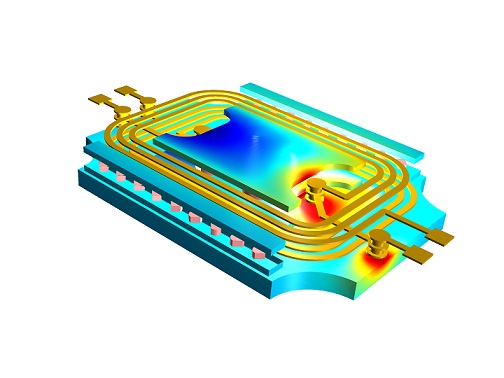
New Product that Helps Electrical and Electronics Engineers
As much as we would like to think that finite element analysis (FEA) is the be-all and end-all of simulations, it’s not true. There is also a camp of engineers out there that model integrated circuits and similar systems. These are based on different physics and equations than what FEA typically solves for. Yet, as is happening more and more in the world of virtual prototyping, the two types of simulations are converging. Now they need to integrate with each […]
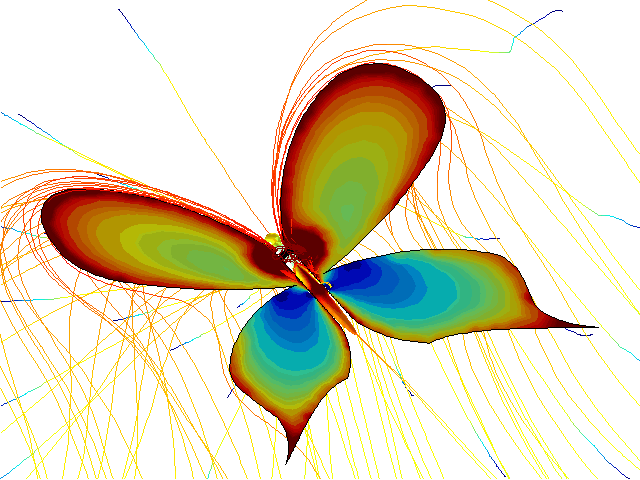
A Creative Take on RFID Tags
These days, RFID tags are used in many applications. Ranging from packing slips to ID badges, RFID tags are embedded into many different objects by businesses everywhere. Once tagged, these can be tracked to improve functions such as inventory management, security, manufacturing processes, and more. You can also implant an RFID tag into animals, such as cattle or pets, so that they can be found in case of theft or loss, for instance. Wild animals that are found far from […]
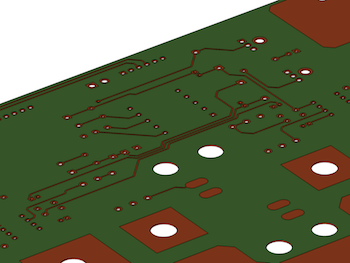
What Is ECAD and Why Is It Used in FEA?
Electronic computer-aided design (ECAD) is typically used to design and develop electronic systems. Although the acronym is a mere letter away from “CAD”, there’s actually more to the story than appending the word “electronic” to “computer-aided design”. So, what is ECAD and why is it used in finite element analysis (FEA)?
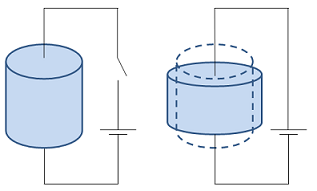
What Is Piezoelectricity?
All this talk about piezoelectricity got me thinking about how surrounded we are by everyday items whose performances rely on this physical process. Examples include inkjet printers, speakers, electric guitars, and ultrasound imaging systems. With so many different common objects utilizing this phenomenon, it may lead you to wonder: what is piezoelectricity?
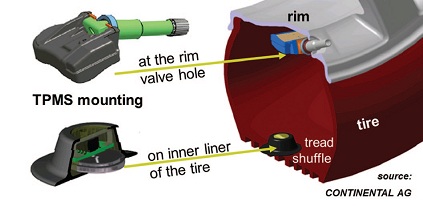
Piezoelectric Energy Harvester Helps Increase a Car’s Efficiency
Much has been written lately about increasing the energy efficiency of cars. Batteries and fuel cells are very hot topics, and not so long ago I blogged about the University of Michigan’s use of solar cells to fully power a car. Yet, even on the smallest of scales, such as the sensors in your car, improvements are being made. Utilizing a MEMS (Micro Electromechanical System) piezoelectric energy harvester, Alexander Frej and Ingo Kuehne at Siemens Corporate Technology in Munich are […]
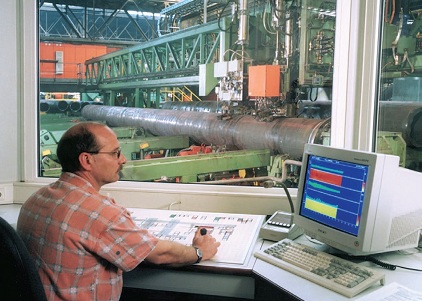
Impedance Boundary Conditions Help in Modeling Nondestructive Testing (NDT)
How do you simplify a 3D geometry to reduce the computational resources required to model it? Do it in 2D. What if the phenomenon can only be properly simulated in 3D? Find the planes of symmetry and reduce the size, most engineering objects are symmetric in some way. What if there is no symmetry, such as the propagation of random cracks through a steel pipe? Well, as this story from COMSOL News 2012 shows, there are other methods, such as […]
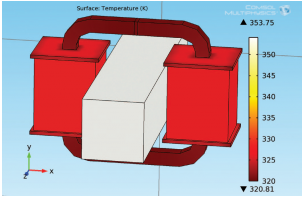
Investigating the Fundamentals of an “Old” Technology
Transformers were first commercially used in the late 1800’s, but they are still being investigated at their fundamental levels. One of the stories from our latest COMSOL News concerns ABB (who themselves have been around since the late 1800’s) and their research into these apparatuses.
